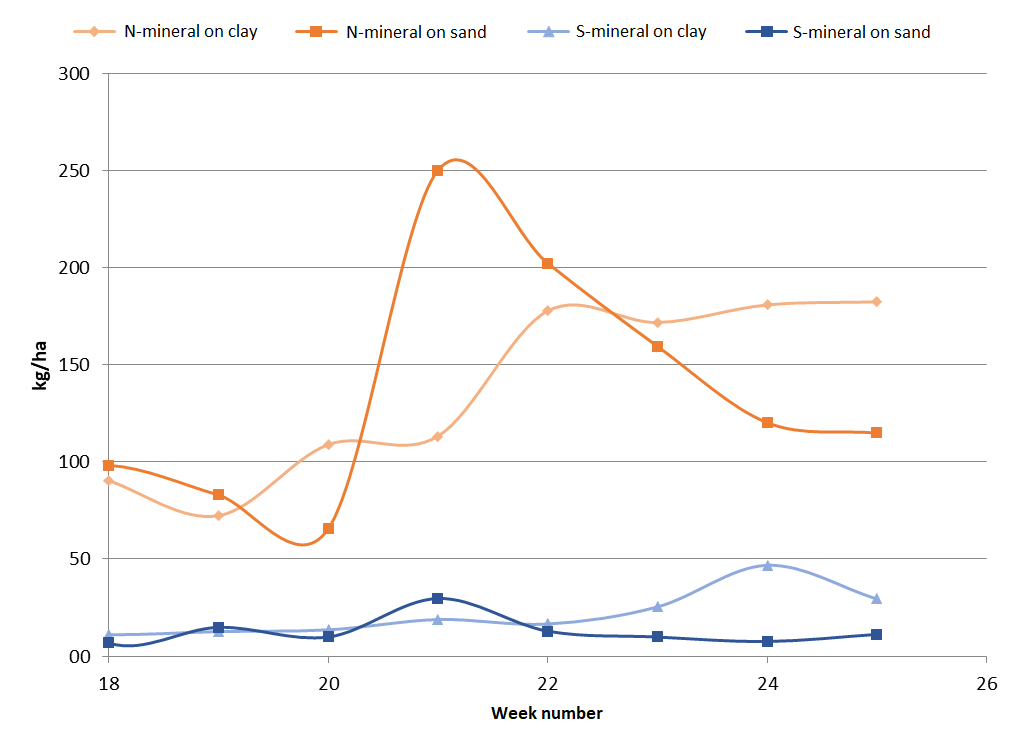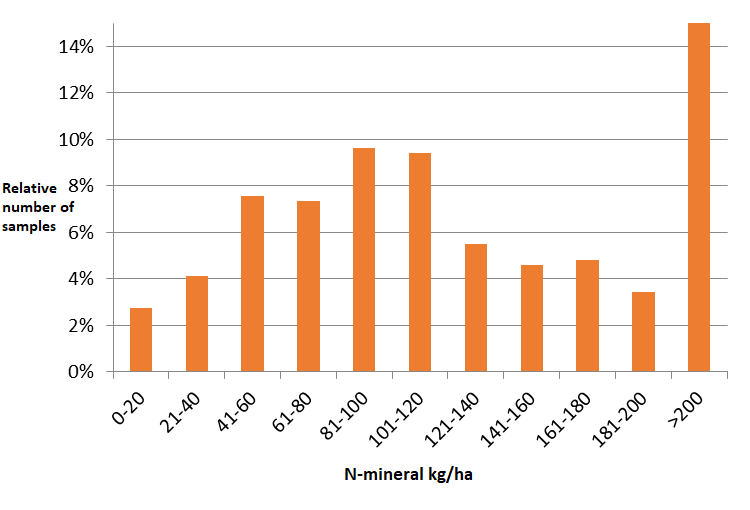Rain triggers mineralization
25 May 2022
After a long period of drought, it has started raining again in some places! And hopefully there will be more precipitation in the coming days. What does that do to the nutrients in the soil and how much can the crop absorb? Soil and crop analyses provide the answer.
Despite the warm spring, mineralization has been slow to start on many plots. This is because soil life needs sufficient moisture to convert organic matter and organic fertilizers into plant-available nutrients. Without moisture, soil life takes a siesta!
When rain falls after a period of drought, a mineralization flux can occur. Soil life rapidly increases and in a short period of time a lot of nitrogen and other nutrients are released. However, these nutrients can easily leach out. This is especially true for nitrogen and potassium, but trace elements can also disappear from the soil so quickly that deficiencies can occur.
Nutrients in the soil
Also in 2020 a dry spring was followed by a lot of rain. Figure 1 shows the development in 2020 of mineral nitrogen and sulfur on both sandy and clay soils in the Netherlands. In particular, the available nitrogen on sandy soils decreased considerably due to leaching. Sulphur was also low to average on sandy soils. The availability of sulfur also decreased on clay soils.

Figure 1: Average development of the directly available nitrogen and sulfur in the Netherlands in 2020 after a dry period. Eurofins Agro 2020
However, these trends do not provide a representative picture at regional and plot level. Per plot the variation was large. This can be seen in Figure 2, where the amount of nitrogen is plotted. Not only was there a lot of variation, but also quite a few plots were on the low side. Over one in seven plots had a nitrogen supply lower than 60 kg/ha.

Figure 2: Amount of nitrogen in soil samples in week 25. Eurofins Agro 2020.
Monitor soil and crop
The behavior of nutrients in the soil is difficult to predict. The above examples demonstrate this for nitrogen. Soil analysis provides insight into the available nutrients and crop analysis tells us whether the plant has been able to absorb this sufficiently.





